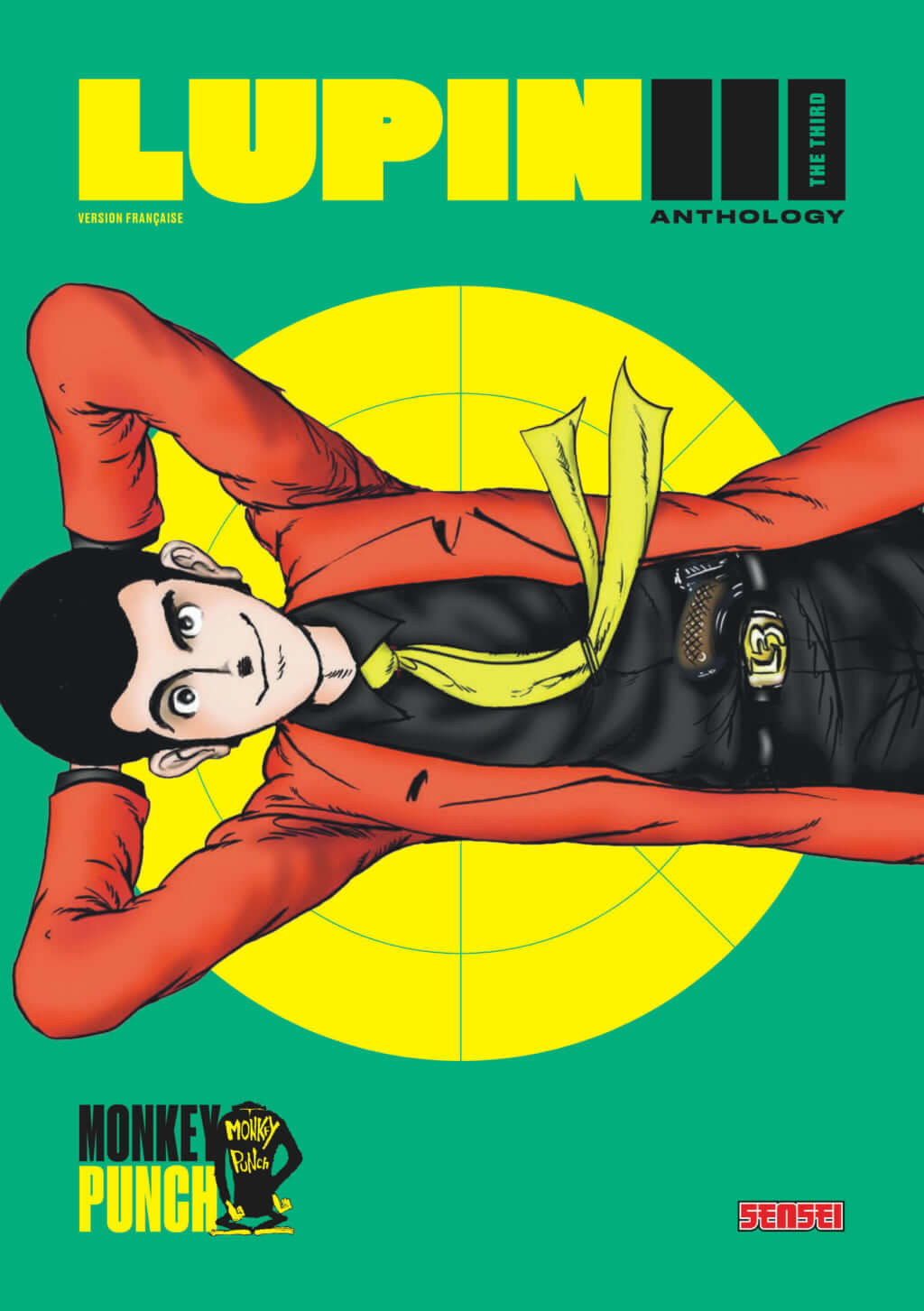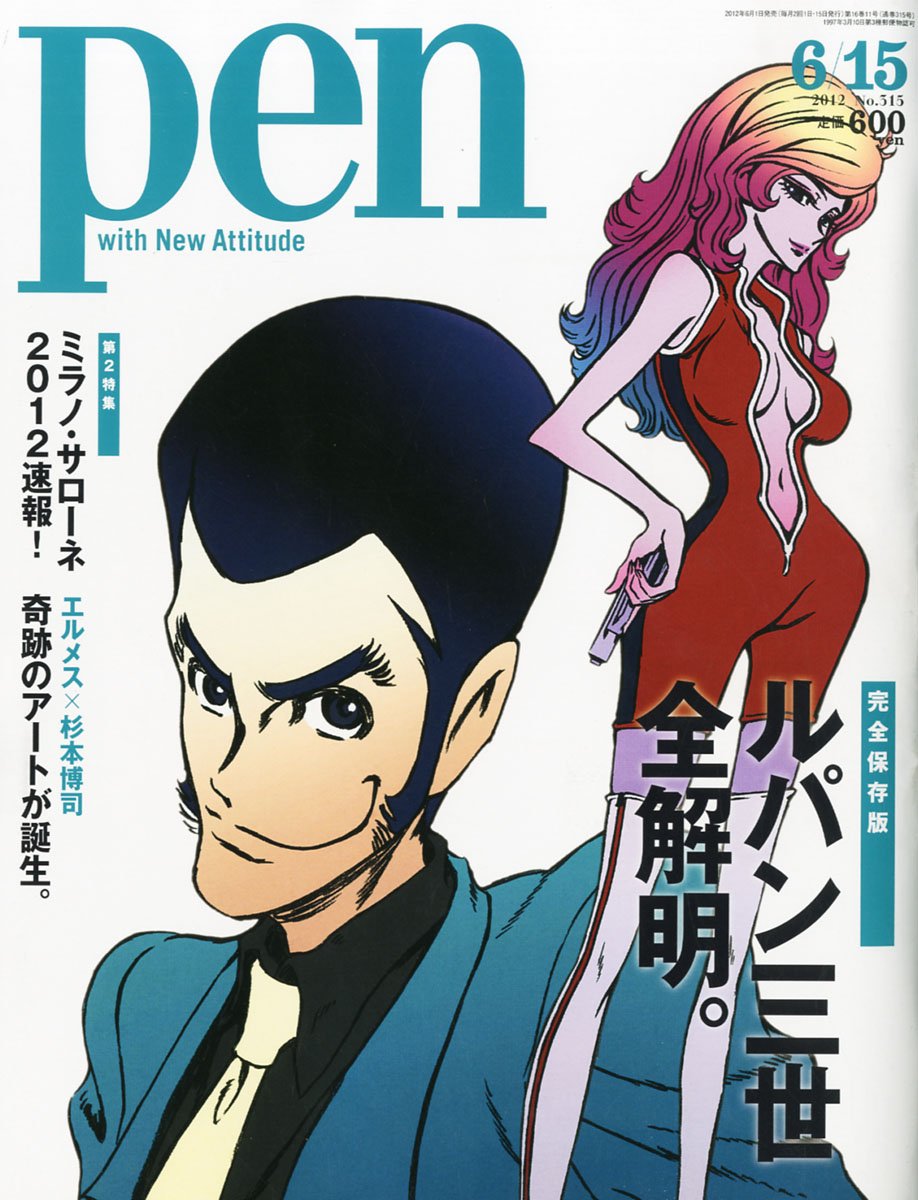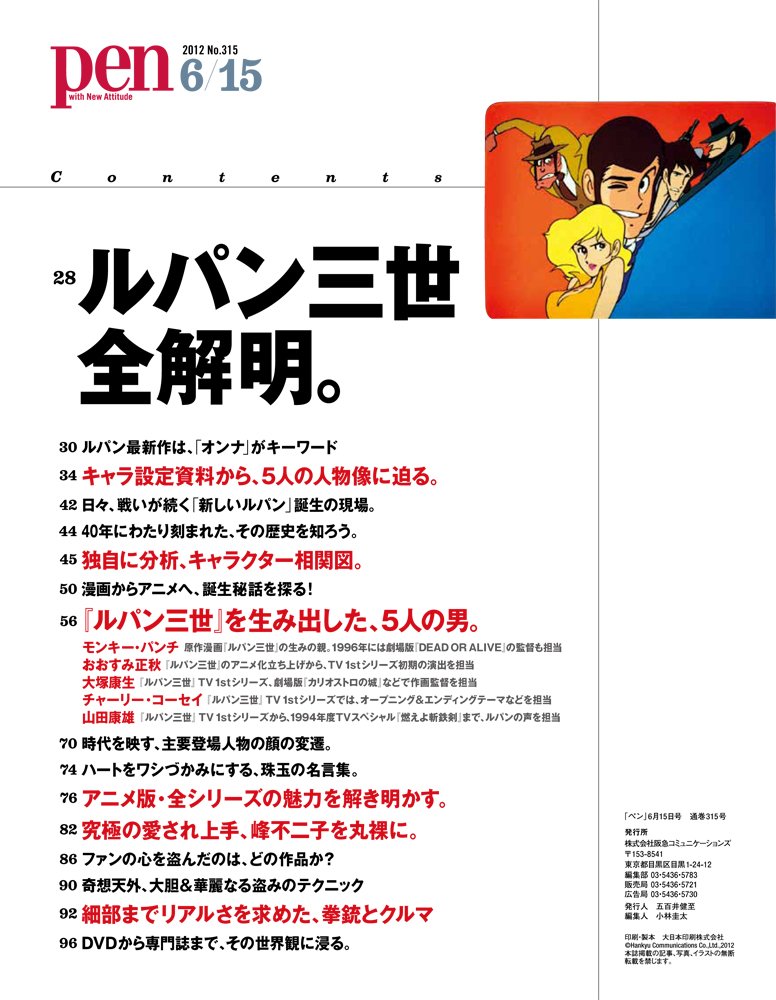Lupin III, the Pop Culture Icon Created by Monkey Punch
Sixty years after Arsène Lupin was created, the mangaka shares the adventures of his grandson and his eccentric gang.

© Kana
In 1905, Maurice Leblanc invented the character of Arsène Lupin, a gentleman burglar who operates on the wrong side of the law but who steals from individuals who are far worse than him, for good reasons. The character became extremely popular in France, following in the footsteps of Sir Arthur Conan Doyle’s hero Sherlock Holmes. Sixty years later, Japanese artist Monkey Punch drew inspiration from this character to create a pop culture icon and symbol of Japan, the renowned Lupin III.
Kazuhiko Kato (1937-2019), better known under the pseudonym Monkey Punch, was born in the village of Hamanaka in Hokkaido, into a family of fishermen. He sought to escape his family lifestyle by moving to Tokyo to become a mangaka, like his role model Osamu Tezuka. In 1967, when he was just starting out on this career path, the young artist created the manga Lupin III which was published in the magazine Weekly Manga Action, a weekly publication that was launched that same year and is still active today. His action comedy series follows the escapades of Arsène Lupin’s grandson, accompanied by his gang made up of master sniper Daisuke Jigen, samurai Goemon Ishikawa XIII and femme fatale Fujiko Mine, who acts in turn as the team’s adversary and partner. Lupin and his sidekicks are constantly pursued by Inspector Koichi Zenigata at Interpol, who has made it his mission to arrest them and follow Lupin all over the world.
A variety of eclectic influences
Monkey Punch brings together his many and varied eclectic influences that range from Alfred Hitchcock films to the irreverent humour of the American magazine Mad, and combines elements of Maurice Leblanc’s Lupin and James Bond to develop its flirtatious and narcissistic main character. The manga was initially aimed at adults, so Fujiko Mine was created to add a female presence reminiscent of a ‘James Bond girl’.
Jigen, meanwhile, is inspired by actor James Coburn, particularly in his role in The Magnificent Seven (1960), while Goemon was created to add a Japanese touch to a series that is heavily inspired by various forms of Western media. Inspector Zenigata, Lupin’s arch enemy, was intended to create a dynamic similar to that in the animated series Tom & Jerry by William Hanna and Joseph Barbera, which was itself inspired by burlesque comedy.
A constant and growing success
The series was met with great success when it was released and, over fifty years after it was created, Lupin III remains extremely popular and has given rise to a media franchise that comprises various mangas, films and series.
Before they created Studio Ghibli, Isao Takahata and Hayao Miyazaki worked on the animated series before making it into an animated feature film with a much more comic tone. The Castle of Cagliostro (1979) was the first film directed by Hayao Miyazaki and the second to be dedicated to Lupin III (known as Edgar de la Cambriole in France due to copyright issues). Although the feature film was not a huge box-office success, it gained popularity over the years and made the character of Lupin even more popular, to the point of being named the ‘best anime in history’ by the readers of Animage magazine. The film has had a considerable influence on subsequent works in animated cinema around the world, inspiring artists like Steven Spielberg, John Lasseter, Shinichiro Watanabe and Hideo Kojima.
In 2019, Lupin III: The First was released in cinemas, and paid homage to its creator Monkey Punch who passed away that year at the age of 82, as if to perpetuate the legacy of the hero with his famous green, red or blue jacket (depending on the era), who, much like his main source of inspiration, has become a global pop culture icon.
Lupin The Third — Anthology (2021), an anthology of Lupin III’s cult adventures by mangaka Monkey Punch, published by Kana (not currently available in English). Tokyopop released all 14 volumes in English between 2002 and 2004.

© CCC Media House Co., Ltd. Pen Magazine n°315, June 2012

© CCC Media House Co., Ltd. Pen Magazine n°315, June 2012
TRENDING
-
Ishiuchi Miyako, A Singular Perspective on Women
Recipient of the 2024 Women in Motion Award, the photographer creates intimate portraits of women through the objects they left behind.

-
Recipe for Ichiraku Ramen from ‘Naruto’ by Danielle Baghernejad
Taken from the popular manga with the character of the same name who loves ramen, this dish is named after the hero's favourite restaurant.

-
Namio Harukawa, Master of Japanese SM Art
'Garden of Domina' offers a dive into the world of an icon of ‘oshiri’, whose work has now reached a global audience.

-
The Tattoos that Marked the Criminals of the Edo Period
Traditional tattoos were strong signifiers; murderers had head tattoos, while theft might result in an arm tattoo.

-
The Emperor of Japanese Porn is Now the Star of a Netflix Series
Deliciously funny, The Naked Director especially succeeds in reviving the atmosphere that was so characteristic of 1980s Japan.





